|
On May 13th this year, my friend Rosanne and I went to the Northwest Quilters' Quilt show. For me, it was an art show! So much artistry, so much beauty. I want to share it with you! Re: the pictures... I did not talk to the quilters or get their permission to post these pictures here, but as they'd already made their work public by exhibiting it, and as I was within the rules of the exhibition to take pictures, I think it's all right to show their workmanship here as long as I credit them. If the work is yours and you object to its placement here, Contact Me and let me know, and I'll remove your stuff. Ditto if I've mis-attributed something and you want me to fix it. Thanks! As always, click on a picture to see it enlarged. THE COLORS! Whenever I walk through Fabric Depot and see their huge displays of batik fabrics, I love the rich, saturated colors. Batik looks gorgeous in quilts! This quilt, called "Eight Pack" after the name of the Comforting Quilts pattern used for the piecing, was pieced by Sharon Bishop and quilted by Nancy Stovall: Piecing, in case you don't know, is arranging and sewing all the little pieces together to make the quilt top, the visual front of the blanket. Quilting is layering quilt top, batting, and quilt back, and sewing all the layers together. This creates the textural aspect of the blanket. Many's the quilter who prefers one part of the process to the other, which is why some quilts are made by two people. Of course, historically, a quilt was often made by a group of people, for speed and companionship. THE HISTORY!
The late Helen Grigg, of Lake Oswego, was a quilt collector. This 1870 quilt is from her collection. It's especially interesting for its "fugitive green" dyed pieces, which fade and alter very unevenly over time. I wonder what it looked like originally? The whole thing is hand stitched, and its piecing is irregular if you look very closely, but perfectly finished if you step back. I don't care for the pattern, though... it looks like lots to toothy mouths coming at me: This 9-Patch is a simple piecework, beautifully quilted. Another interesting thing about antique quilts is how the fabrics used are redolent of their time: the 20's had a lot of bright pastels, and busy cheery prints. Also, aniline dyes are a thing. See how the green on that flowered fabric is colorfast? Green is a difficult color to get using natural dyes, but it's possible with synthetic dyes. This quilt looks like it has a bit of both, depending on the piece.
Here's a Make Do and Mend quilt if I ever saw one! The piecework on the front is touchingly amateur... like, why didn't she turn the blue and white blocks so they made a center that was all dark or all light? Maybe because they weren't perfectly square, so she had to turn them to fit. The sashing (red floral pieces) is from the 1930's, so probably an old dress. The quilt's back is pieced together of flour sacks, which were made of cloth at the time. Look at some close-ups: Maybe she was a newbie quilter? Or maybe a very old one whose eyes were going. Yet it's wonderful! Why is it that when I work I strive for perfection, but as a viewer I'm drawn to the imperfect? Maybe I'm better at accepting the shortcomings of others than of myself. Or maybe the imperfections make it more personal, like I could know this person, this real, vulnerable person, but I don't want to be known like that by others. When I was a child, I would draw a picture, and my mom would post it on the fridge, and I'd be proud of it. There were always new pictures to post, and I hardly noticed when the old ones came down. Then one day my mom showed me a portfolio she'd made, of the best of my work over time. How astonished was I to see the pictures I remembered with pride, looking so inadequate next to my current work! I wasn't proud of them any more... If the pictures I made last month or last year could look so bad now, what about the pictures I made today? Were they actually bad, and something I'd be ashamed of in the future? So I became insecure, and stopped giving Mom pictures to post on the fridge. But then, without the impetus of display and sharing, I also made fewer pictures. Clearly I was a neurotic child, but however you look at it, making art is a vulnerable endeavor. To get good at it, you have to be brave and show your refrigerator artwork to the world. And no matter how perfect your results, they are still part of you, so they are sensitive. This 1940's quilt makes me feel protective of its maker. I don't want anyone to say it's crooked or bad, because I imagine her pulling together irregular scraps to cover a bed, to warm a child, to put a brave face on poverty and wartime privation. And the result, however quirky, makes me smile. Speaking of making me smile, the 1960's quilt is quintessential flower child stuff! The 60's saw a revival of handicrafts, as part of the do-it-yourself, back-to-nature, express-yourself vibe of the era. Yet the folk art of the 60's wasn't slavish imitation of another time: it was wholly itself, influenced by its own culture and time. The blobby butterflies of this quilt are a hippie motif, but their neat arrangement in rows, all tilted the same direction, gives a pop art feel. If Andy Warhol were a quilter, these would be his butterflies. THE LOVE This quilt has a tale of love behind it. It was originally started for the quilter's mother, who was a Red Hat Lady. When she died, the maker continued working on it as a gift for her heart-sister, who also loved her mother. The recipient then loved it so that she carried it with her as a comfort during a hard time of her life. I wish I'd gotten better pics of it.
THE HANDWORK Some quilting techniques, like applique or paper piecing, require handwork. Other techniques can be done by machine, but sometimes quilters choose to pick up needle and thread. I love to see the hand-made stitches! I love hand-sewing, so I love to look at it, too, and admire the skill involved. Here are two exceptional examples of modern hand-sewing. There was more, so much more, but either my pictures from that day didn't come out, or my patience with blogging today gives out! So I'll post this and hope it inspires you to make something!
2 Comments
The Sister
8/30/2017 12:58:52 pm
How very lovely! You must have been in your glory! These quilts are so pigmented and intricate.
Reply
Peggy Wall
1/29/2022 07:49:04 pm
Was searching more about the quilt pattern called 8 Pack. Found copy of it from years ago and then found your article. It was so interesting and had to read all.
Reply
Leave a Reply. |
Karen Roy
Quilting, dressmaking, and history plied with the needle... Sites I EnjoyThe Quilt Index Categories
All
Archives
March 2024
|
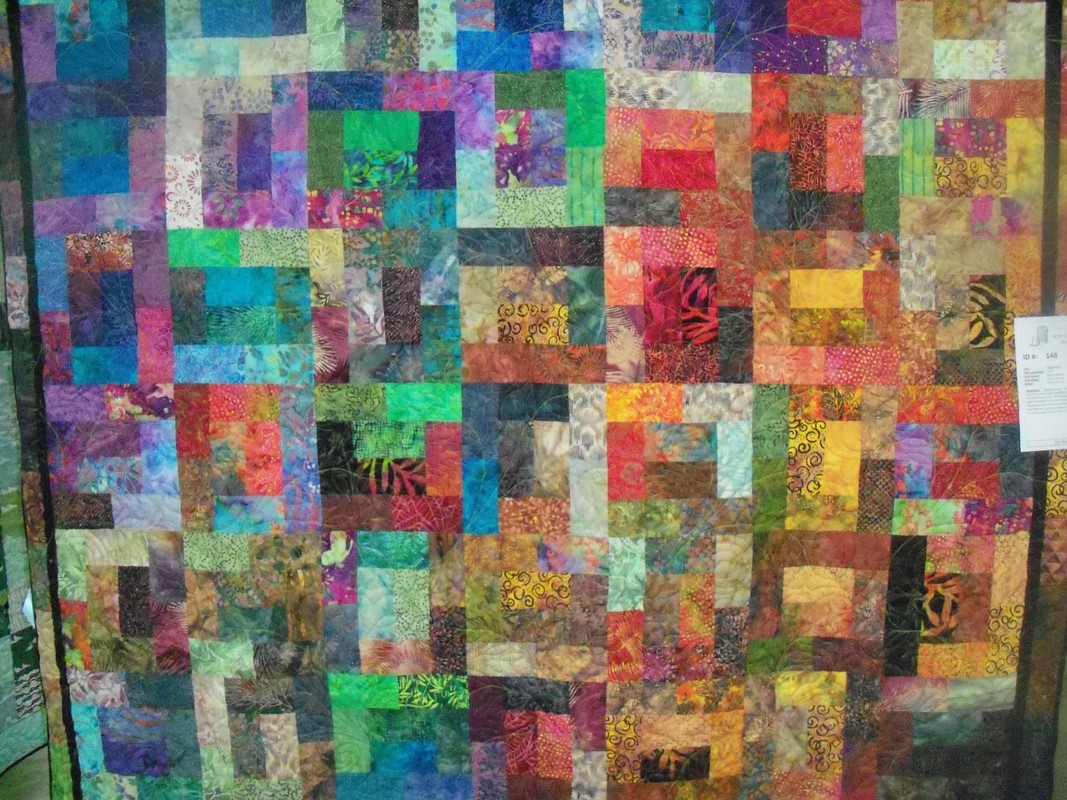

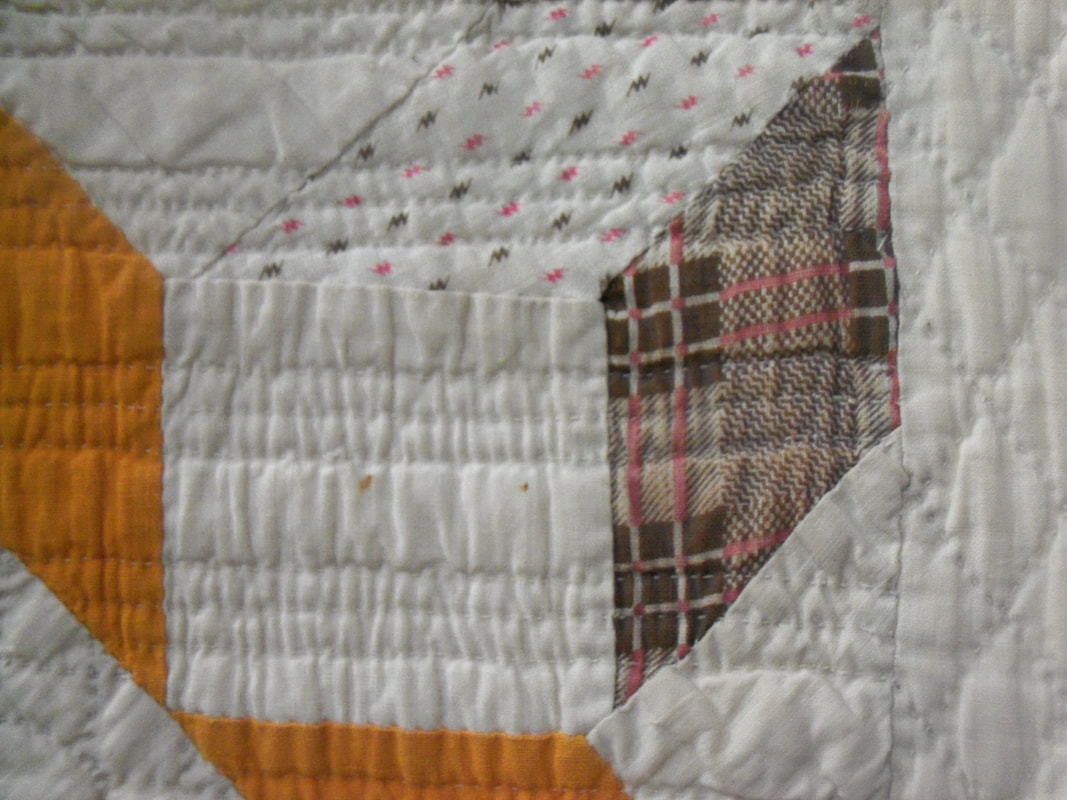
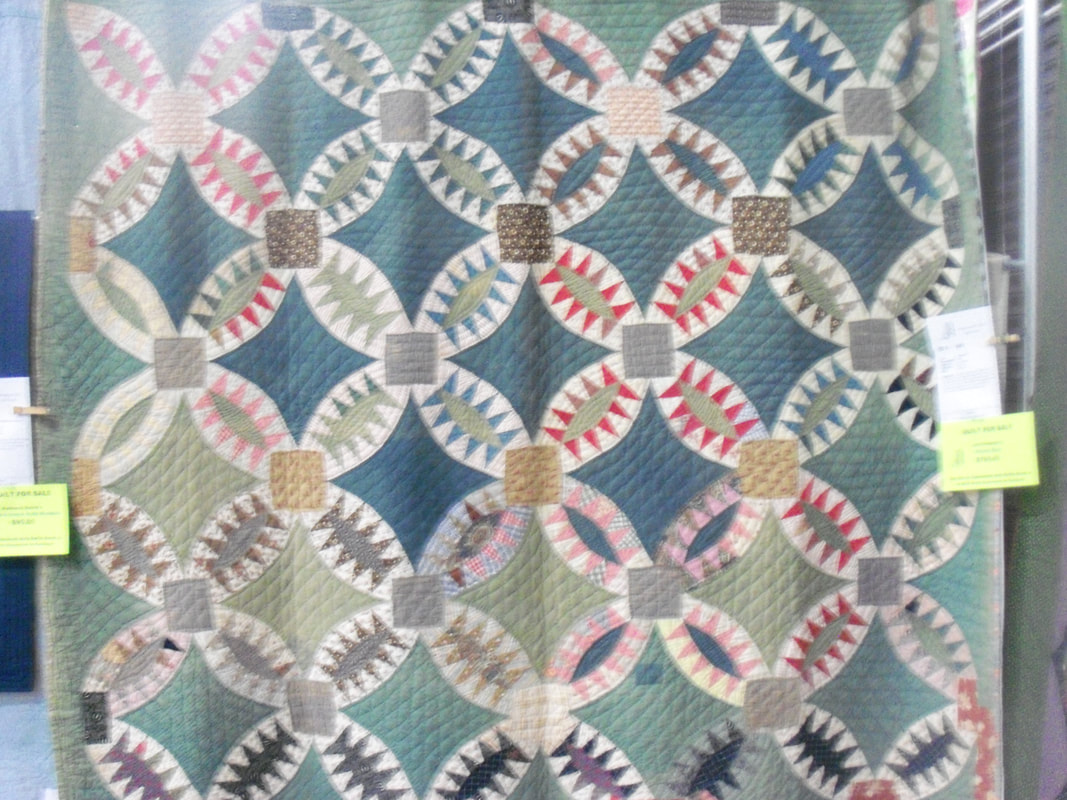
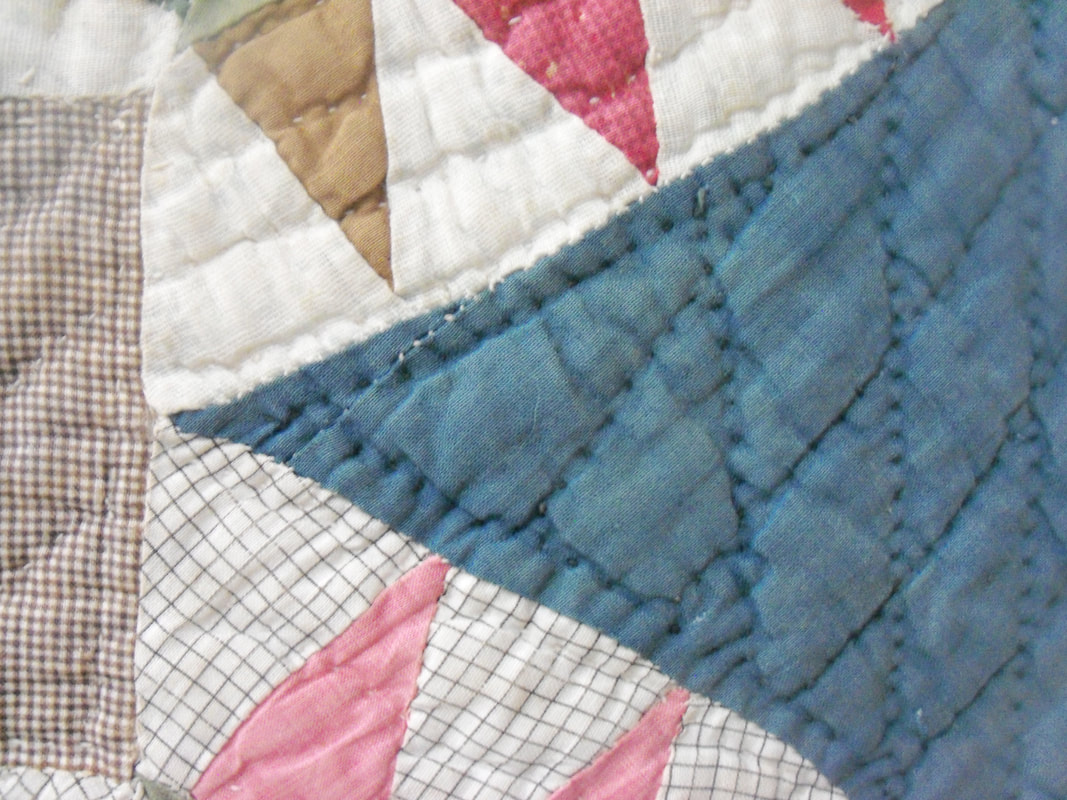
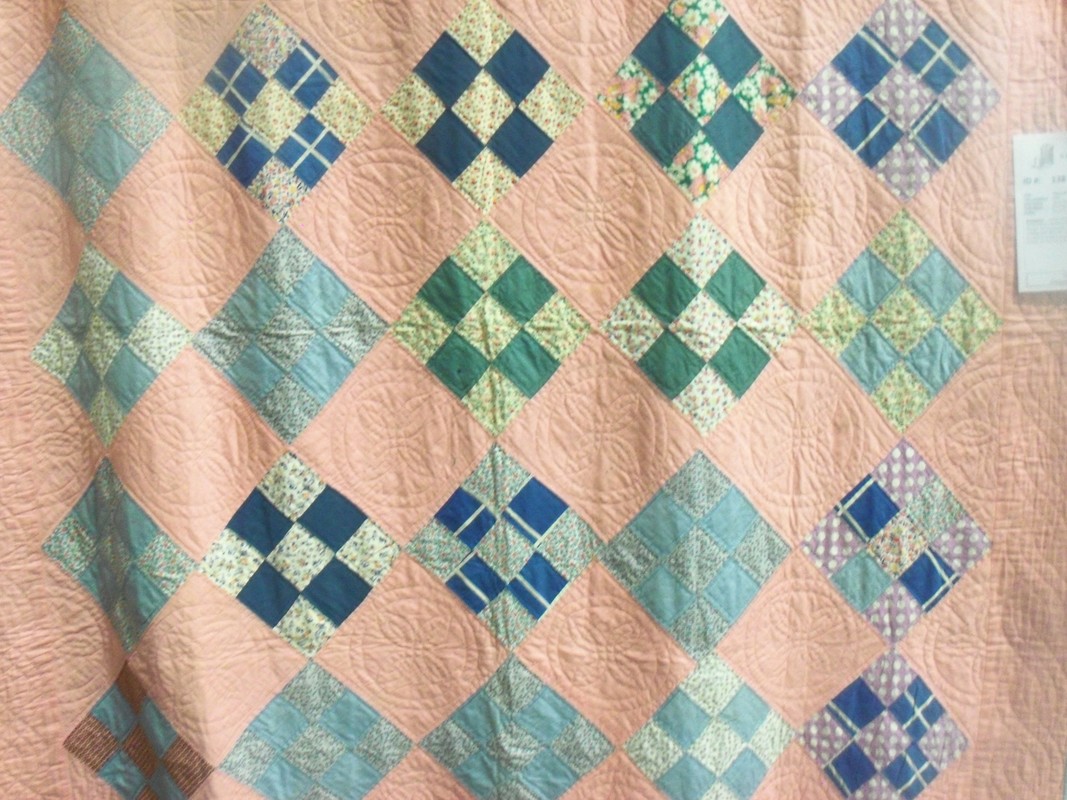

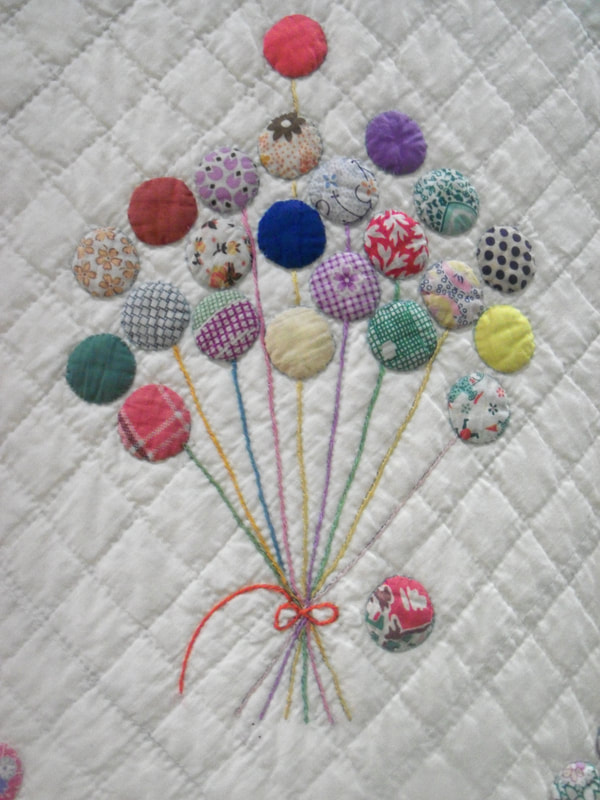
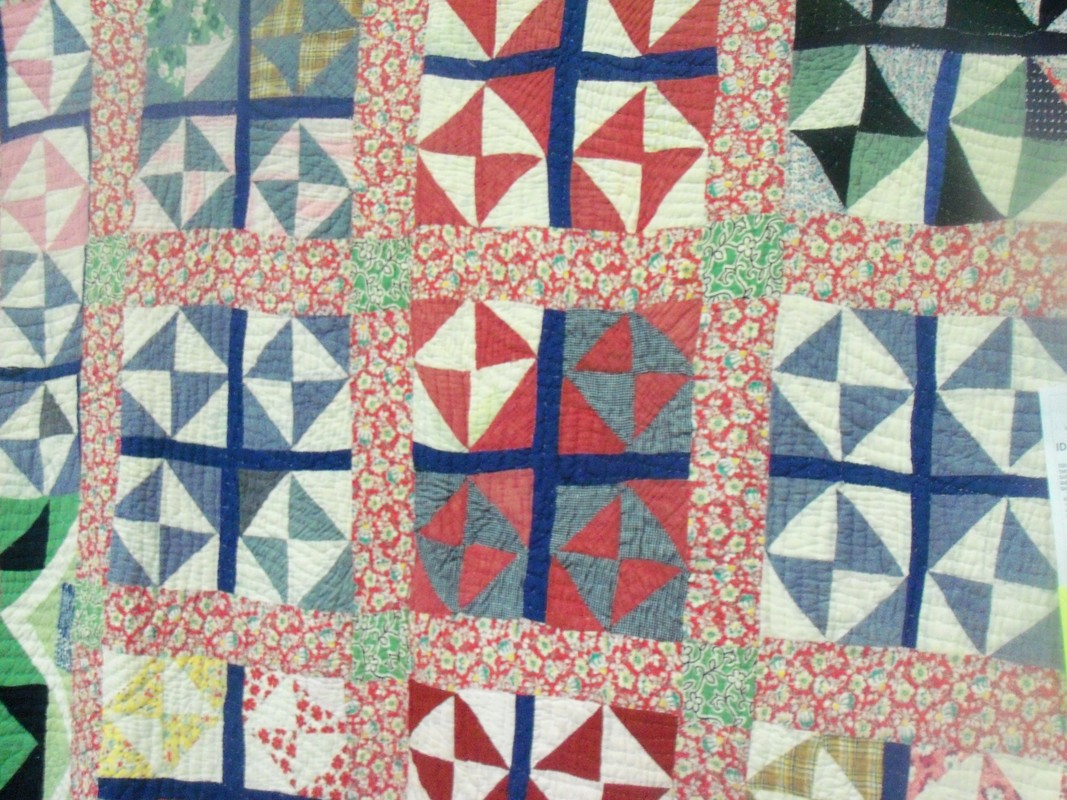
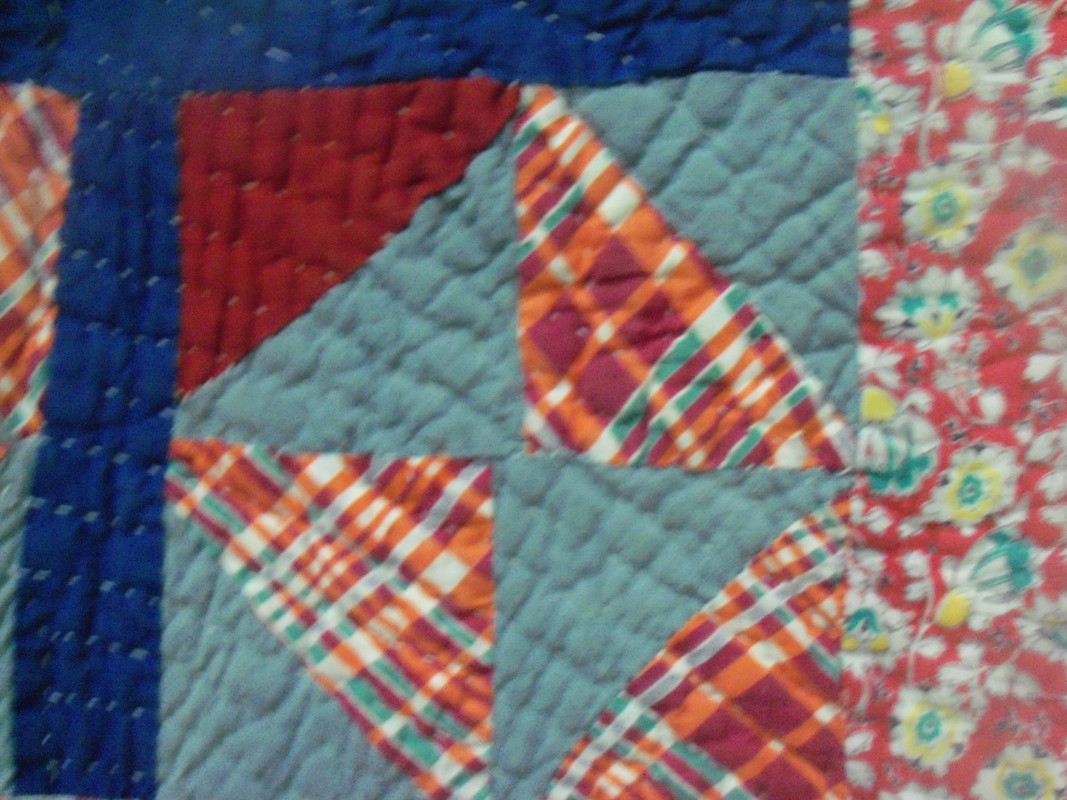
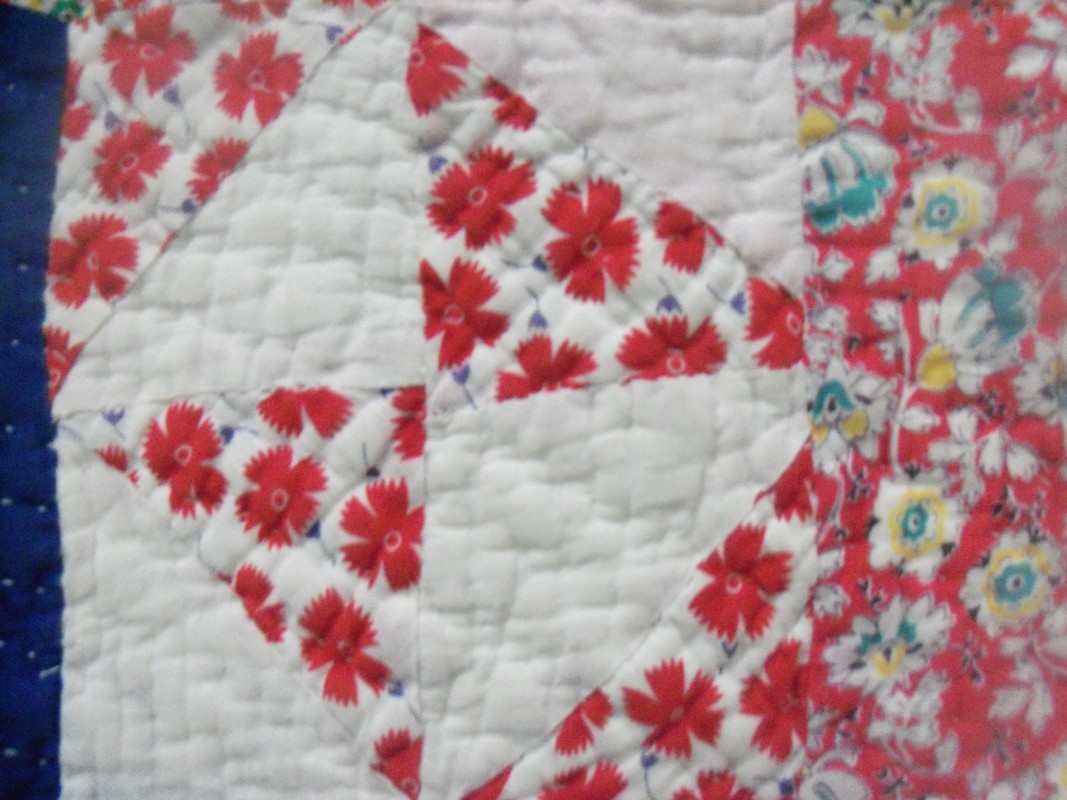
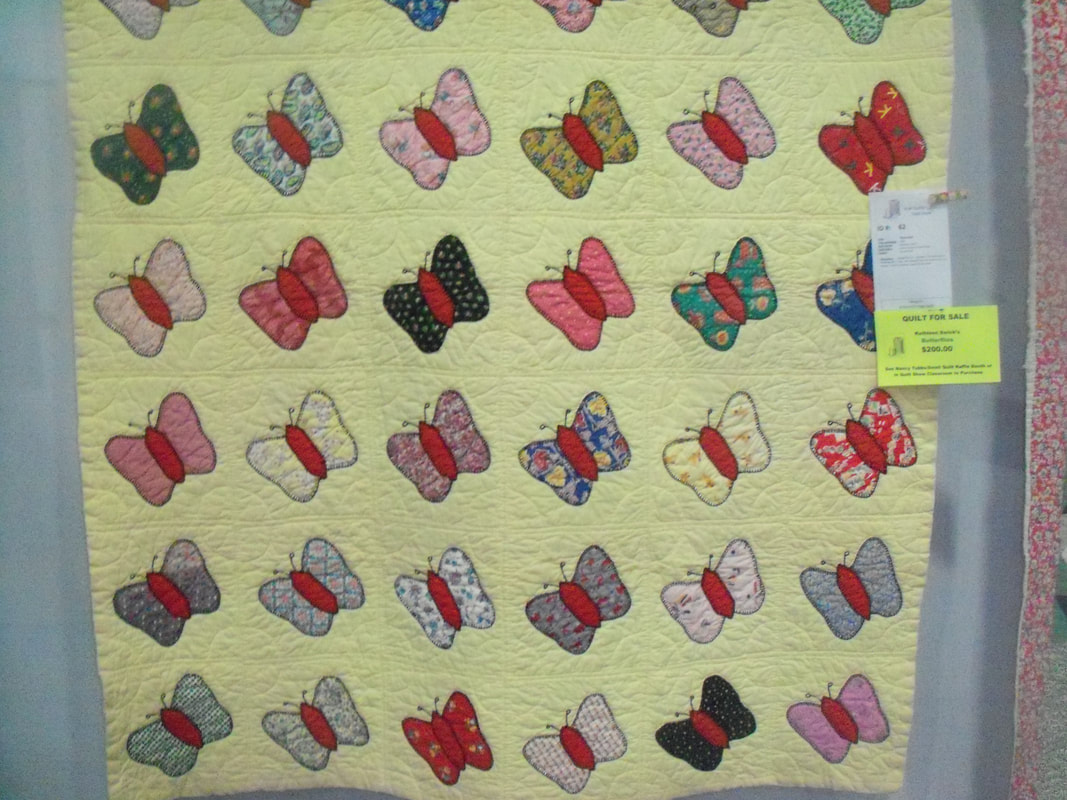
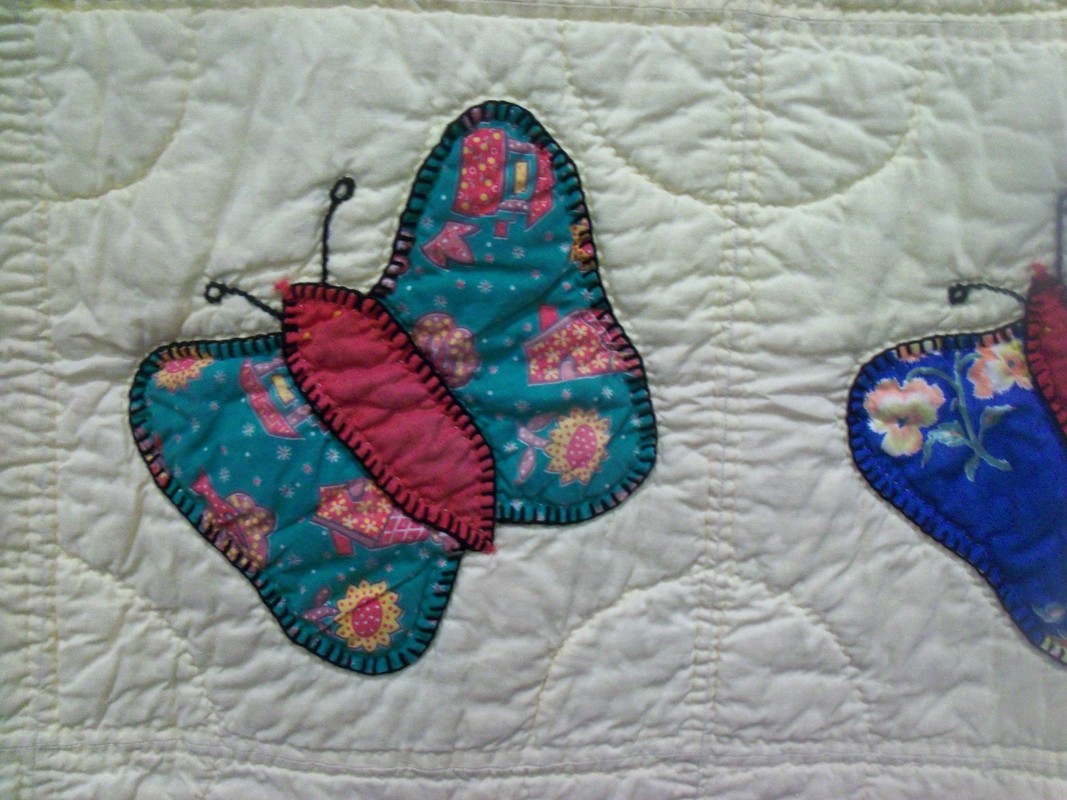
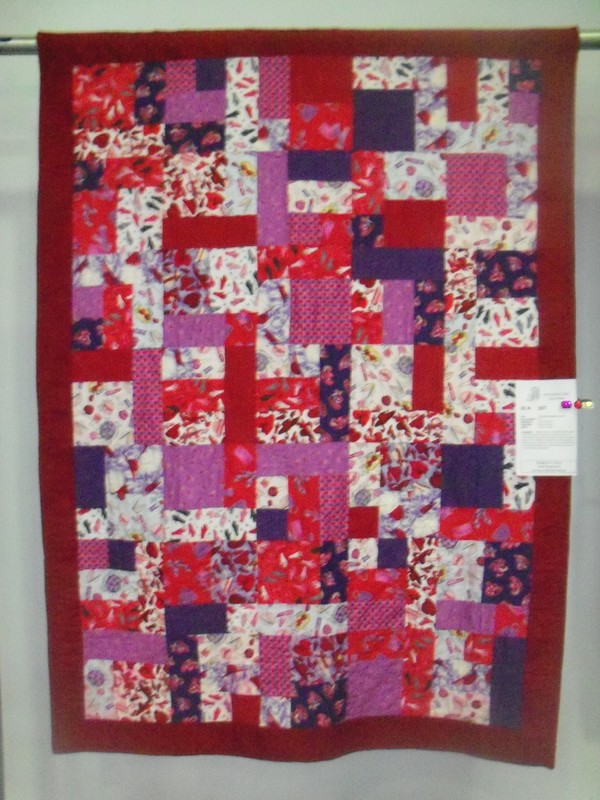
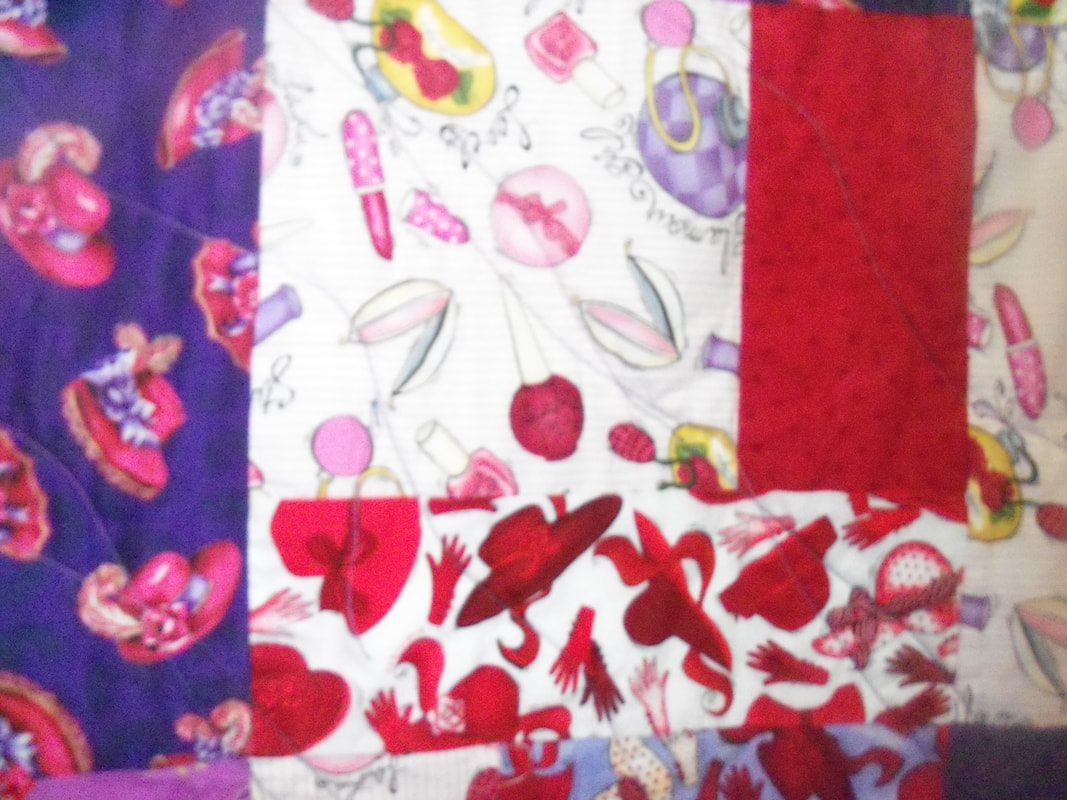
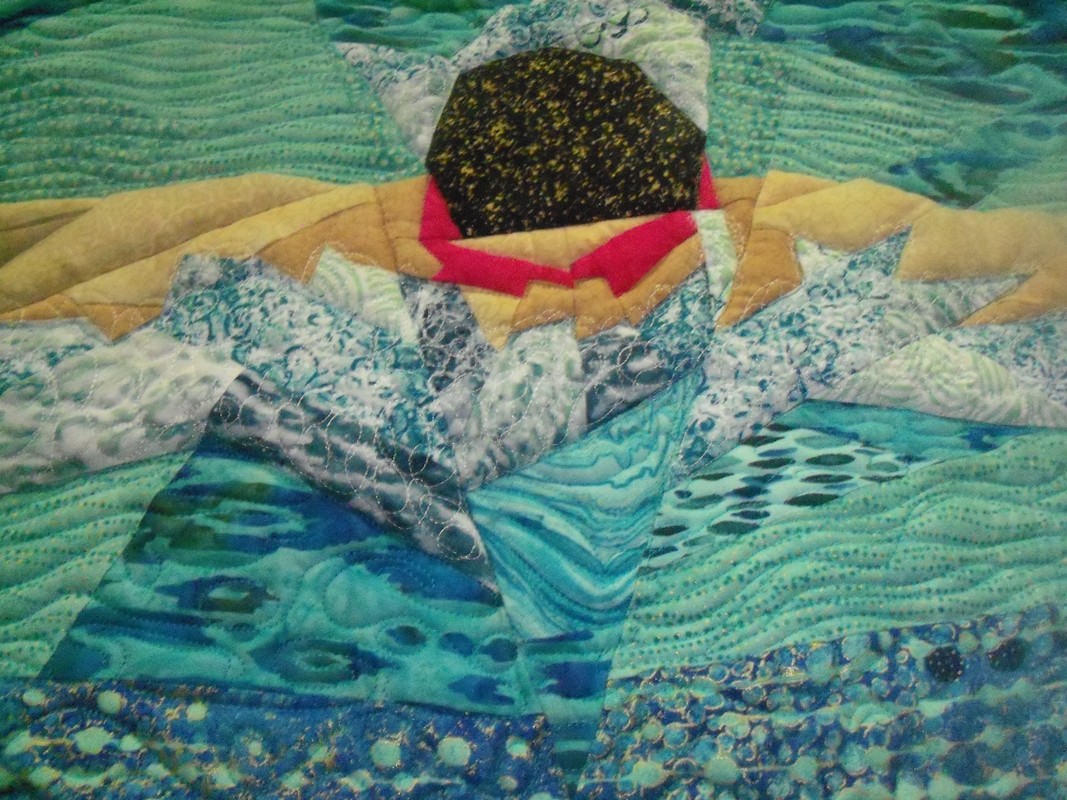
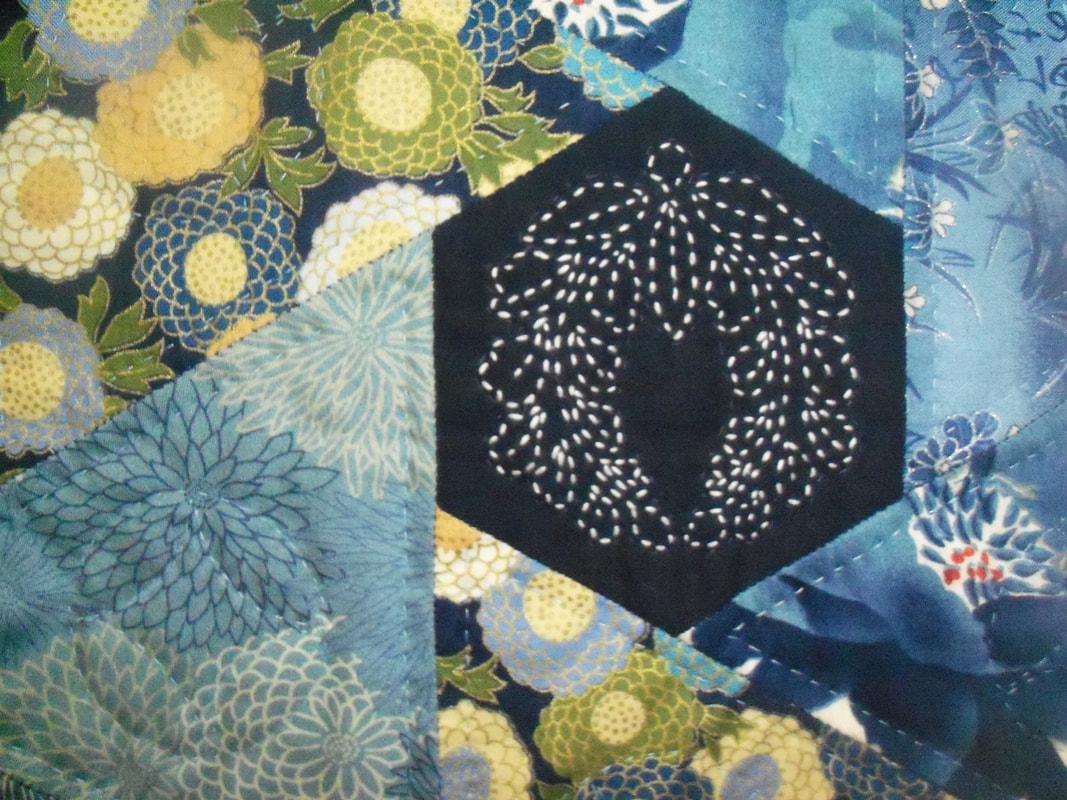
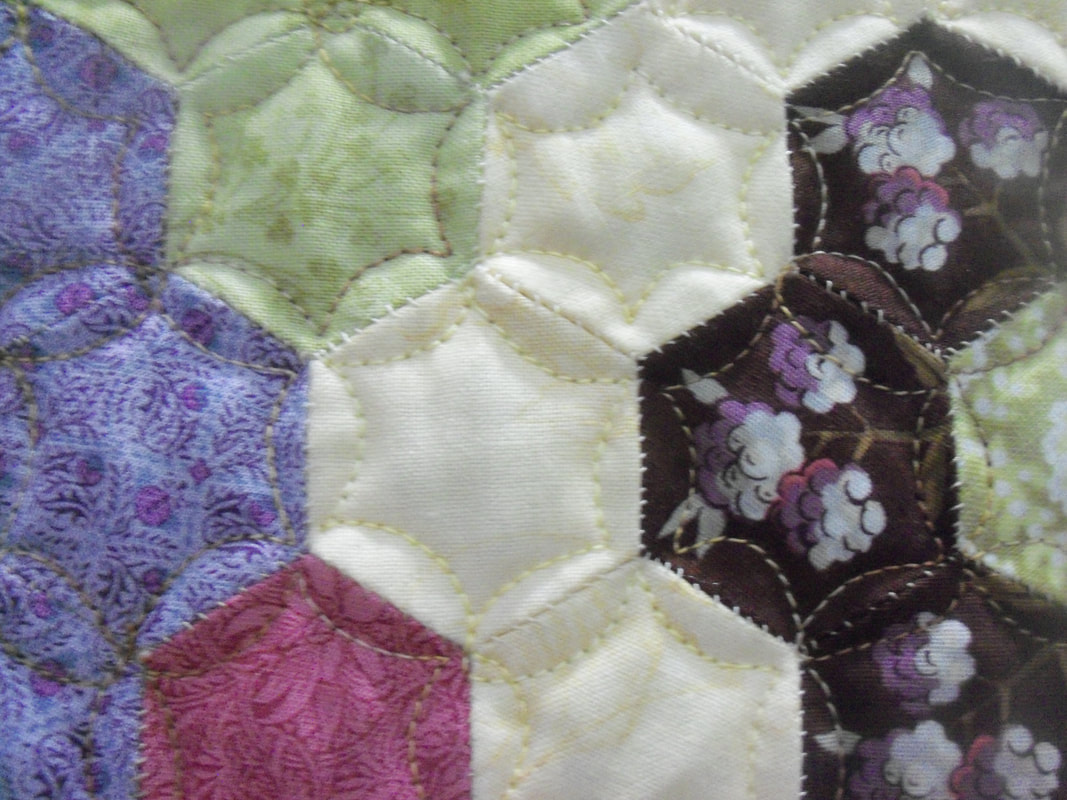
 RSS Feed
RSS Feed